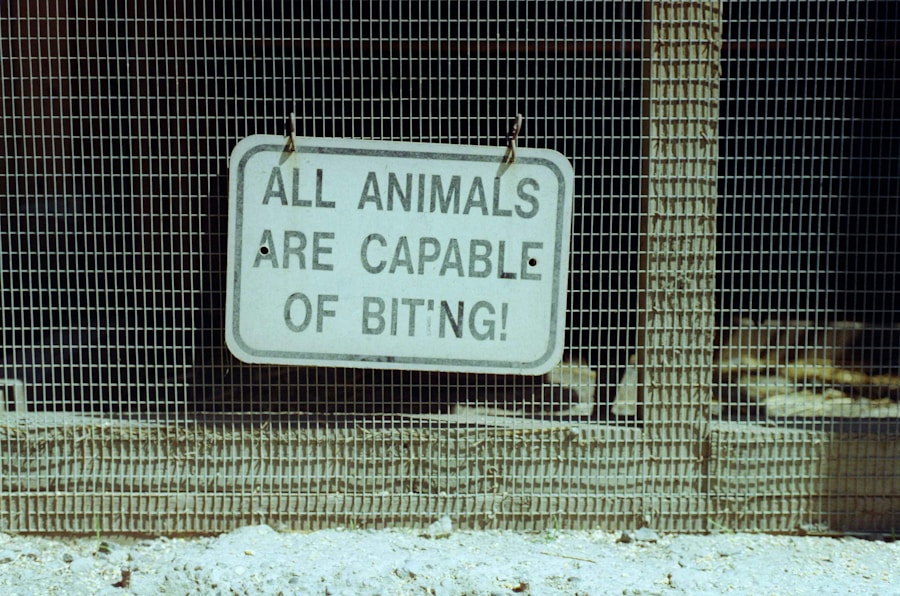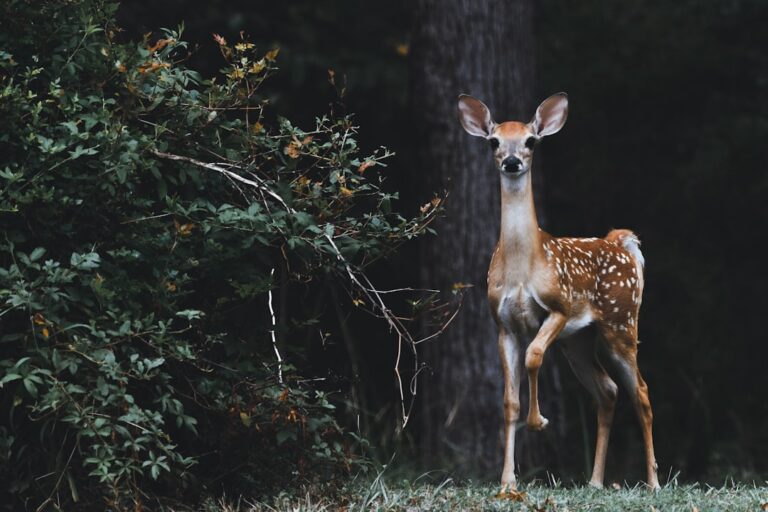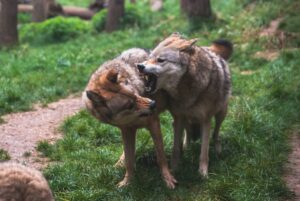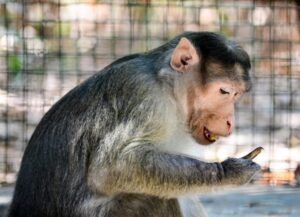Animal behavior is a fascinating field of study that encompasses the myriad ways in which animals interact with their environment, other species, and each other. This discipline, often referred to as ethology, delves into the instinctual and learned behaviors exhibited by various species, providing insights into their survival strategies, social structures, and evolutionary adaptations. From the intricate courtship rituals of birds to the complex communication systems of dolphins, animal behaviors are as diverse as the species themselves.
Understanding these behaviors not only enriches our knowledge of the natural world but also highlights the interconnectedness of life on Earth. The study of animal behavior is not merely an academic pursuit; it has practical implications for conservation efforts, animal welfare, and even human psychology. By observing how animals adapt to their environments and interact with one another, researchers can glean valuable information about ecosystem health and species resilience.
Furthermore, understanding animal behavior can inform practices in zoos and aquariums, ensuring that captive animals are provided with environments that cater to their natural instincts and social needs. As we explore the various facets of animal behavior, we uncover the complexities of life that exist beyond human experience.
Key Takeaways
- Animal behaviors encompass a wide range of actions and interactions that are essential for survival and reproduction.
- Communication in the animal kingdom involves a variety of signals, including visual, auditory, and chemical cues, to convey information and maintain social structures.
- Social behaviors and hierarchies play a crucial role in the organization and stability of animal groups, influencing access to resources and reproductive opportunities.
- Reproductive behaviors and mating strategies vary widely among different species, with adaptations for attracting mates and ensuring successful reproduction.
- Foraging and hunting behaviors are essential for obtaining food and energy, with animals employing various tactics and strategies to locate and capture prey.
Communication in the Animal Kingdom
Communication among animals is a vital aspect of their survival and social interaction. It encompasses a wide range of signals, including vocalizations, body language, chemical signals, and visual displays. For instance, the songs of birds serve multiple purposes: they can attract mates, establish territory, and warn off rivals.
The complexity of these vocalizations varies significantly among species; some birds have elaborate song repertoires that can change with the seasons or even in response to environmental factors. In contrast, other animals, such as wolves, utilize a combination of howls, growls, and body postures to convey messages within their packs. Chemical communication is another fascinating area within this domain.
Many insects, such as ants and bees, rely heavily on pheromones to communicate vital information about food sources or threats to their colony. For example, when a foraging ant discovers food, it releases a trail pheromone that guides other ants to the resource. This chemical signaling is not limited to insects; mammals like elephants also use scent marking to communicate their presence and reproductive status to others in their vicinity.
The diversity of communication methods across the animal kingdom illustrates the evolutionary adaptations that have developed to meet the specific needs of different species.
Social Behaviors and Hierarchies
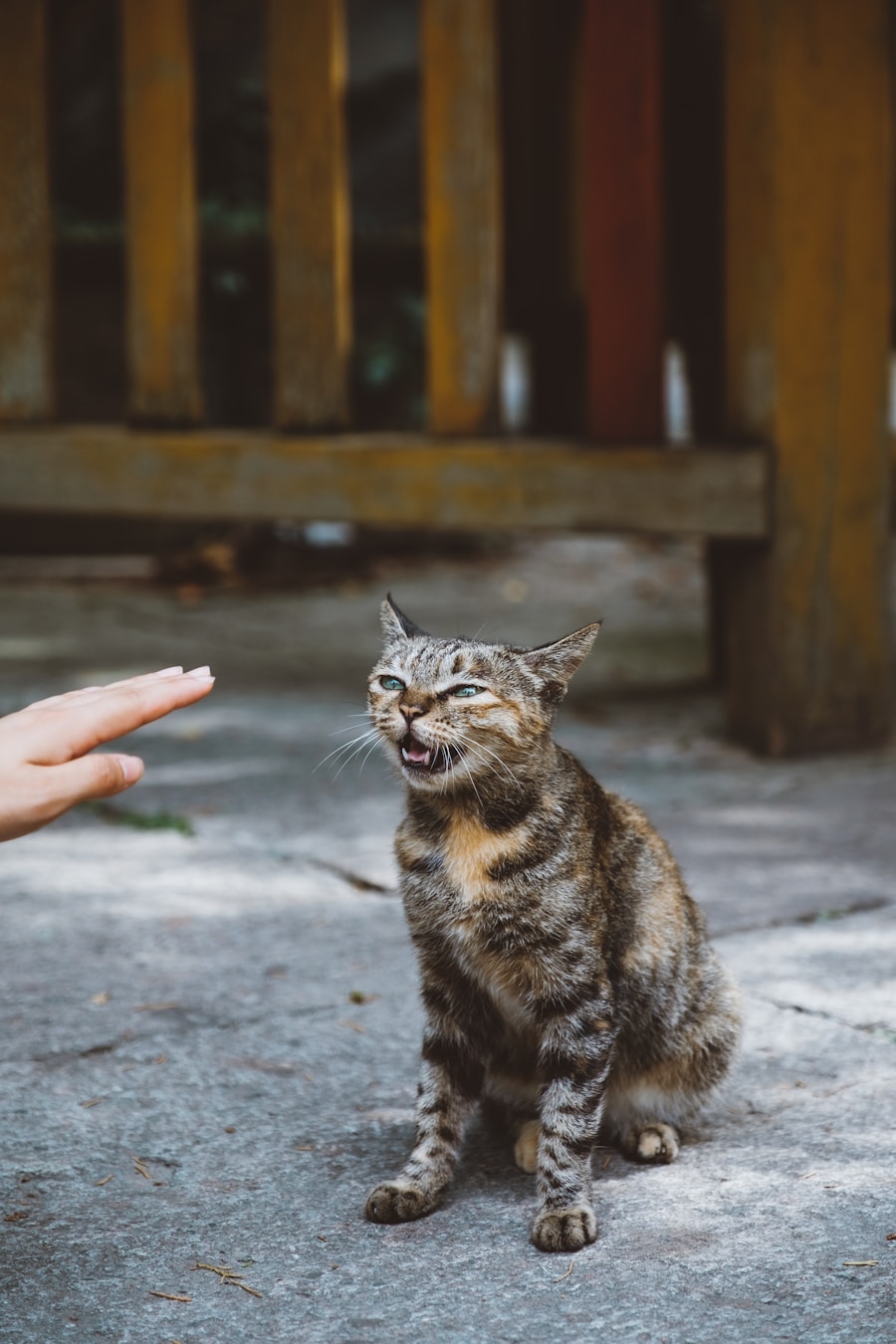
Social behaviors in animals are often shaped by their ecological niches and evolutionary history. Many species exhibit complex social structures that dictate interactions within groups. For example, primates such as chimpanzees and bonobos live in intricate societies characterized by strong social bonds and hierarchies.
These hierarchies can influence access to resources, mating opportunities, and even grooming behaviors, which play a crucial role in maintaining social cohesion. In these societies, individuals often engage in alliances and coalitions to navigate power dynamics and enhance their social standing. In contrast, some species exhibit more egalitarian social structures.
For instance, meerkats live in cooperative groups where individuals take turns performing sentinel duties while others forage for food. This cooperative behavior enhances the survival of the group as a whole by providing protection against predators. The dynamics of social behavior are not static; they can shift based on environmental pressures or changes within the group itself.
Understanding these social structures provides insight into the evolutionary advantages of cooperation and competition among different species.
Reproductive Behaviors and Mating Strategies
| Species | Mating Strategy | Reproductive Behavior |
|---|---|---|
| Humans | Monogamy, Polygamy | Pair bonding, courtship |
| Lions | Polygyny | Mating with multiple females |
| Bonobos | Promiscuity | Frequent sexual activity for social bonding |
| Penguins | Monogamy | Long-term pair bonding and shared parental care |
Reproductive behaviors are critical for the continuation of species and exhibit remarkable diversity across the animal kingdom. Mating strategies can vary widely depending on environmental conditions, resource availability, and social structures. For example, many species engage in elaborate courtship displays to attract mates.
The peacock’s extravagant tail feathers serve as a visual signal of fitness; females often choose mates based on the size and vibrancy of these feathers. This phenomenon is known as sexual selection, where certain traits become more pronounced over generations due to mate preferences. In addition to visual displays, some species employ unique mating strategies that enhance reproductive success.
For instance, certain frogs engage in vocal duels during mating season, where males compete to produce the loudest calls to attract females. In contrast, some fish exhibit external fertilization, where females release eggs into the water while males simultaneously release sperm to fertilize them. This method can lead to high levels of genetic diversity but also requires specific environmental conditions for successful reproduction.
The variety of reproductive behaviors highlights the intricate balance between natural selection and sexual selection in shaping animal populations.
Foraging and Hunting Behaviors
Foraging and hunting behaviors are essential for survival, influencing how animals acquire food and resources in their environments. Different species have evolved various strategies tailored to their ecological niches. Predators like lions employ cooperative hunting techniques to take down larger prey, relying on teamwork and strategic planning to increase their chances of success.
This behavior not only enhances their hunting efficiency but also strengthens social bonds within the pride. Herbivores exhibit distinct foraging strategies based on their dietary needs and habitat availability. Grazing animals such as zebras have adapted to consume grasses efficiently while migrating across vast savannas in search of fresh pastures.
In contrast, browsers like giraffes selectively feed on leaves from tall trees, utilizing their long necks to access food sources that are out of reach for many other herbivores. The foraging behaviors of animals are influenced by factors such as seasonal changes, competition for resources, and predation risks, showcasing the dynamic interplay between species and their environments.
Defensive Behaviors and Survival Tactics

Defensive behaviors are crucial for an animal’s survival in a world filled with predators and environmental threats. Many species have developed unique adaptations that enhance their ability to evade or deter potential threats. For instance, some reptiles possess camouflage capabilities that allow them to blend seamlessly into their surroundings, making it difficult for predators to spot them.
The chameleon is a prime example; its ability to change color not only aids in hiding from predators but also plays a role in communication during social interactions. Other animals employ more active defense mechanisms. The porcupine’s quills serve as a formidable deterrent against predators; when threatened, it raises its quills and turns its back on attackers.
Similarly, skunks utilize a potent spray as a chemical defense mechanism that can deter even the most determined predators. These defensive behaviors highlight the evolutionary arms race between prey and predator, where adaptations on one side lead to counter-adaptations on the other.
Migration and Navigation
Migration is a remarkable behavior exhibited by numerous animal species as they travel long distances in search of food, breeding grounds, or more favorable climates. This phenomenon is particularly evident among birds; many species undertake extensive migrations between breeding and wintering grounds each year. The Arctic Tern holds the record for the longest migration of any bird species, traveling approximately 44,000 miles annually between its breeding grounds in the Arctic and wintering areas in Antarctica.
The navigation skills displayed during migration are equally impressive. Many migratory birds utilize a combination of environmental cues such as the position of the sun or stars, Earth’s magnetic field, and even olfactory signals to guide them along their routes. Research has shown that some species possess an innate ability to sense magnetic fields through specialized cells containing magnetite in their beaks or eyes.
This remarkable navigation ability allows them to traverse vast distances with astonishing accuracy despite changing landscapes or weather conditions.
Human Impact on Animal Behaviors
Human activities have profoundly influenced animal behaviors across the globe, often leading to significant changes in how species interact with their environments and each other. Habitat destruction due to urbanization, agriculture, and deforestation has forced many animals to adapt their behaviors in response to altered landscapes. For instance, urban-dwelling wildlife such as raccoons and coyotes have become increasingly adept at scavenging human food sources, leading to changes in their foraging patterns and social dynamics.
Additionally, climate change poses a significant threat to animal behaviors by altering migration patterns, breeding seasons, and food availability. Many migratory species are experiencing shifts in their traditional routes due to changing temperatures and seasonal cues. For example, some bird species are arriving at their breeding grounds earlier than usual due to warmer spring temperatures, which can disrupt synchrony with food availability for their young.
The impact of human activities on animal behaviors underscores the importance of conservation efforts aimed at preserving natural habitats and mitigating climate change effects to ensure the survival of diverse species. In summary, animal behaviors encompass a wide array of interactions that reflect the complexities of life on Earth. From communication methods that facilitate social bonds to intricate mating strategies that ensure reproductive success, each behavior plays a crucial role in an animal’s survival and adaptation within its environment.
Understanding these behaviors not only enriches our appreciation for wildlife but also emphasizes our responsibility in protecting the delicate balance of ecosystems worldwide.




